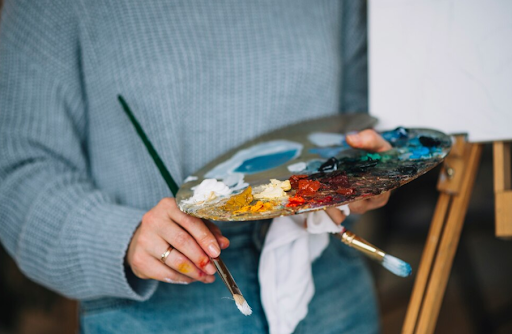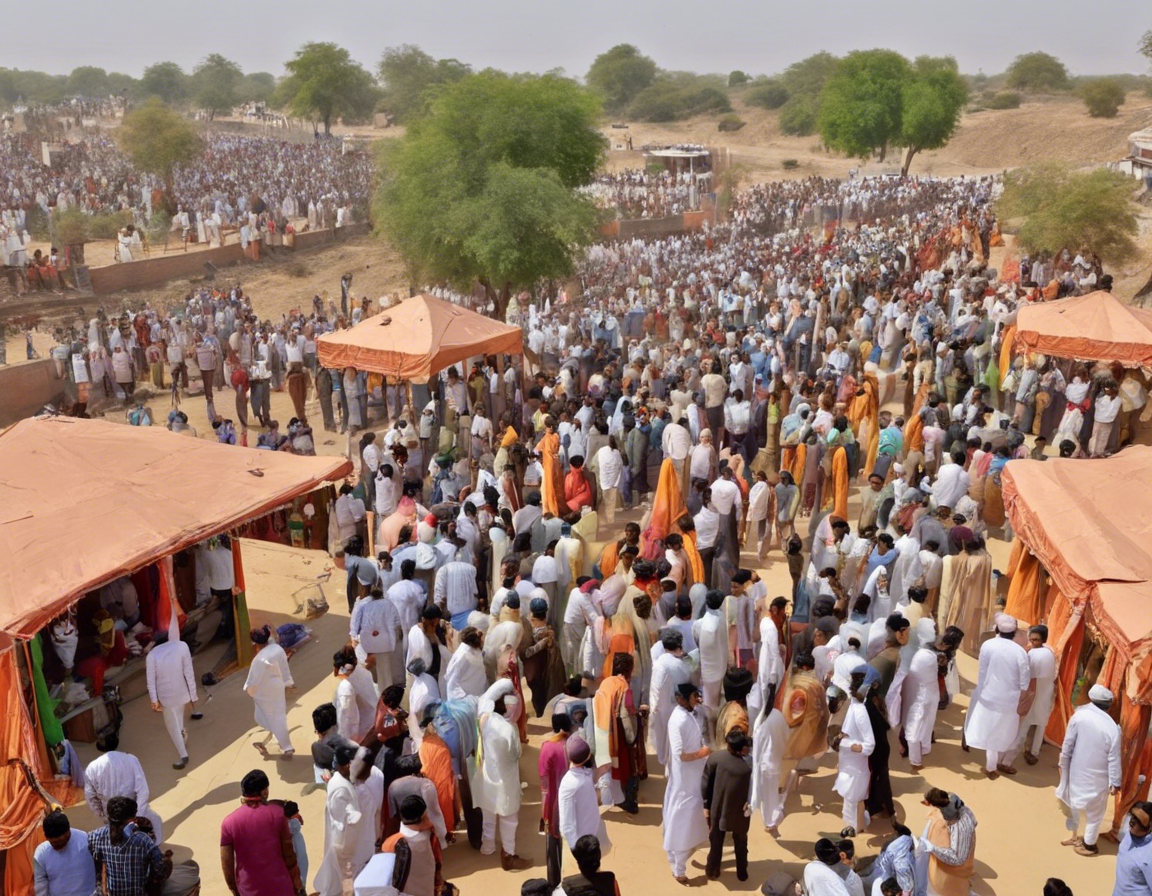
Introduction
Dahi Handi, also known as Gopal Kala or Govinda, is a popular sport and a prominent tradition in India celebrated mainly in the state of Maharashtra with fervor and enthusiasm during the festival of Janmashtami. Janmashtami marks the birth anniversary of Lord Krishna, who is believed to be the eighth incarnation of Lord Vishnu according to Hindu mythology. The festival typically falls in the months of August or September and is celebrated with great zeal in various parts of the country, especially in North India and Maharashtra.
Historical Significance of Dahi Handi
The origins of the Dahi Handi festival can be traced back to the childhood of Lord Krishna. Legend has it that Lord Krishna, known for his mischievous nature, used to steal butter from the pots hung high by the gopis (milkmaids) in the village of Vrindavan. In continuation of this playful act, devotees reenact the same by forming human pyramids to break a pot filled with curd, butter, and other delicacies suspended high above the ground. This ritual symbolizes the playful and mischievous side of Lord Krishna and is a way for devotees to pay homage to his teachings and life.
The Ritual of Breaking the Pot
One of the main attractions of the Dahi Handi festival is the formation of human pyramids to reach and break the Dahi Handi (curd pot) tied at a considerable height. The pot is suspended from a height using a rope, and a group of enthusiasts, known as Govindas, form a human pyramid by standing on each other’s shoulders. The topmost person, often a young child or a lightweight individual, attempts to break the pot by hitting it with a blunt object. The challenge lies in the fact that the pot is usually placed at a significant height, requiring great teamwork, coordination, and skill to reach it.
Celebrations and Festivities
Dahi Handi is not just about breaking pots; it is a grand celebration that involves music, dance, and a festive atmosphere. Several teams, known as mandals, compete with each other to form the highest human pyramid and break the Dahi Handi. These mandals often have themed presentations, elaborate costumes, and performances that add to the overall spectacle of the event. The atmosphere is filled with energy, excitement, and a spirit of camaraderie as participants and spectators cheer on the Govindas attempting to reach the Dahi Handi.
Significance of Dahi Handi in Modern Times
While Dahi Handi is deeply rooted in tradition and mythology, it has evolved over the years to become a competitive sport and a symbol of unity, teamwork, and perseverance. The festival has gained popularity not only in India but also globally, with Dahi Handi competitions being organized in various parts of the world with enthusiastic participation. It has become a platform for young individuals to showcase their agility, strength, and coordination while also imbibing the values of dedication and teamwork.
Health and Safety Concerns
With the increasing popularity of Dahi Handi celebrations, there has been a growing concern regarding the safety of participants, especially those forming the human pyramids. In recent years, there have been incidents of accidents and injuries during the festivities, raising questions about the safety measures and regulations in place. It is essential for organizers to prioritize the safety of participants by ensuring proper training, adequate safety equipment, and adherence to guidelines that minimize the risk of mishaps.
FAQs (Frequently Asked Questions)
Q1: What is the significance of Dahi Handi in the festival of Janmashtami?
A: Dahi Handi is a ritual that commemorates the playful nature of Lord Krishna, symbolizing his love for butter and mischief as a child.
Q2: How is Dahi Handi celebrated in modern times?
A: Dahi Handi is celebrated with great enthusiasm, featuring human pyramid formations, music, dance, and competitive events organized by mandals.
Q3: What are the safety concerns associated with Dahi Handi celebrations?
A: Safety concerns include accidents and injuries, prompting the need for proper training, safety measures, and adherence to guidelines.
Q4: Is Dahi Handi celebrated only in Maharashtra?
A: While Maharashtra is known for its grand Dahi Handi celebrations, the festival is also observed in other parts of India and internationally.
Q5: How can one participate in Dahi Handi celebrations?
A: Individuals can join local mandals or teams participating in Dahi Handi events to be a part of the festivities and experience the thrill of forming human pyramids.
Conclusion
Dahi Handi is not just a sport or a tradition; it is a celebration of unity, faith, and the enduring spirit of devotion to Lord Krishna. The festival brings people together, transcending barriers of age, gender, and social status, as they join hands to create human pyramids and break pots in a joyous display of camaraderie. As Dahi Handi continues to evolve and garner interest worldwide, it serves as a reminder of the timeless teachings and legacy of Lord Krishna, whose essence of love, playfulness, and righteousness continues to inspire millions of devotees around the globe.







